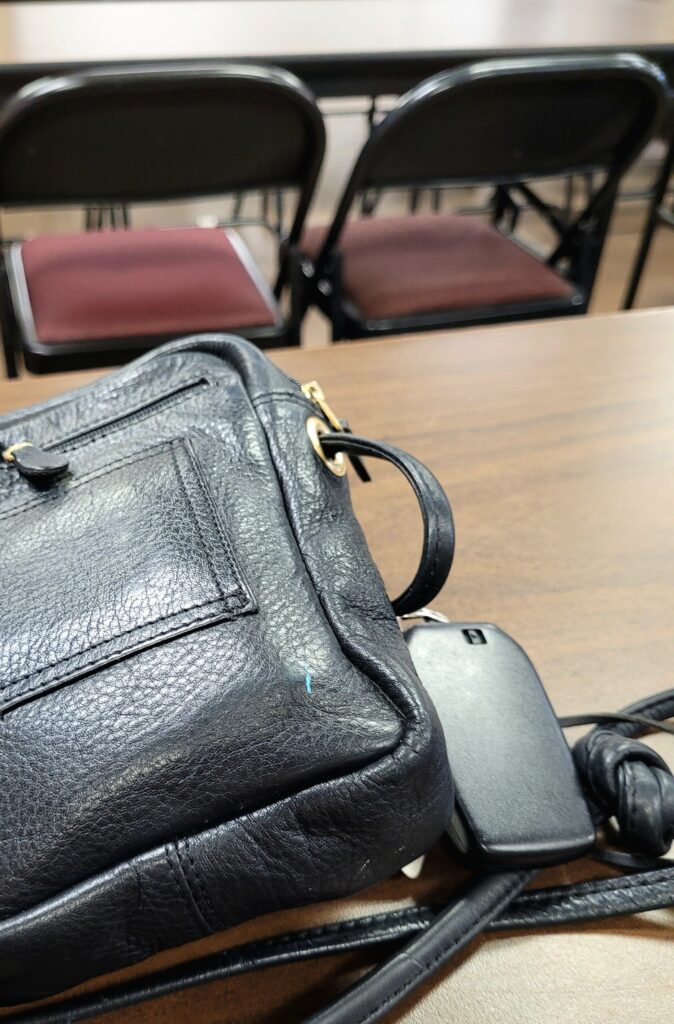This is the first time, in a long while, I attended a fall vegetable seminar in-person. Usually, I sign up for the online versions. But, I was particularly interested in growing fall vegetables, so I came to the garden center. During COVID-19 era, I often viewed the gardening seminars from the safety of my home computer. I looked forward to every online program.
Today’s seminar was presented by Peg Bier of Merrifield Garden fame. The below information is what I learned from her morning talk.
Fall Garden Seminar Highlights
As mentioned above, today’s seminar was on growing a fall vegetable garden. We went over a lot of material but I will only touch on some topics.
Location, Location, Location
It seems most people grow their vegetable gardens in the back of their property, but that is not always the case.
Some gardeners want to plant vegetable gardens on their front lawns. They might not have enough room to plant things in their back yards or it could be hardscaped. Fortunately, there is an appealing way to plant a fall vegetable garden on your front lawn. But be warned, when the season is over, it is time to clean it up. Never leave a messy garden out front over winter months. Vegetable gardens need about six hours of full sun. Note to Readers: Some home owners associations don’t allow gardens on the front lawn or require a certain percentage of lawn. This is something you must check into before you dig up the front lawn.
Another way to grow fall vegetables is to add them to the borders. Try adding some herbs to the borders of a flower garden.
You can plant a fall vegetable garden in large containers on your patio like cold weather lettuce or herbs. If potted plants are visited by squirrels, try adding some fine gravel to the top of the planter. Squirrels don’t like to dig in ground in a pot with gravel on top.
However, before planting any fall vegetables, make sure your garden soil is ready. There are a variety of soil additives you can add. Peg talked about one made with lobster compost. The native American used a similar tactic by adding a fish when planting. There are also natural and organic fertilizers on the market.
Pests
If you plant cold weather broccoli or cabbage, you will get cabbage butterflies. Use organic spray for these. If you have an issue with slugs, then try some Sluggo.
Controlling Weeds
Use newspaper and carboard to control weeds. Just lay a layer of newspaper where you don’t want weeds to grow. You can cover it with a fine pine bark mulch.
Frost Blankets
When the weather turns colder, you can still keep your vegetable garden growing with the use of a frost blanket. When you cover a plant, it will still get rainwater and sunlight through the frost blanket. These can be reused if you take care of them. They are pinned down with metal side pins.

This photograph was taken in the classroom on the second floor of Merrifield Garden Center. Yes, that is my mini purse I carry with me. It’s just big enough for a phone, a tube of lipstick, small comb, and two pens. As it turns out, I’m always taking notes for my blog or for the two online newsletters I volunteer at. I clip my car keys on one pocket, so I’ve never lost them yet.
Ending Notes on Fall Vegetable Gardening
In the Q & A session at the end of the seminar, I found it interesting that so many people there were composting materials. One mention was using coffee grinds.
Another participant mentioned growing ginger and having to bring the pots in every winter.
So, totally enjoyed the seminar, learned a few new things.
There is something satisfying about planting a fall garden. Also, fall gardening gets one out in the fresh air and is good exercise.
A Special Thank You to Peg and to Merrifield Garden Center. Also, Thanks for the free coffee and breakfast snacks. It was a nice way to start my Saturday.

